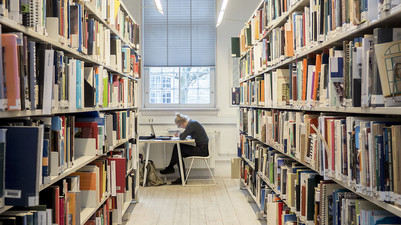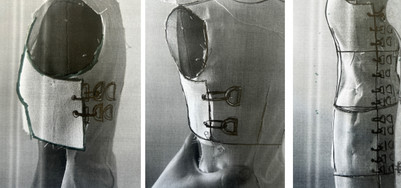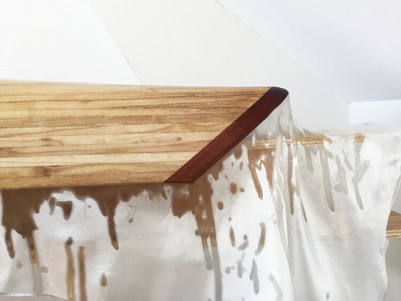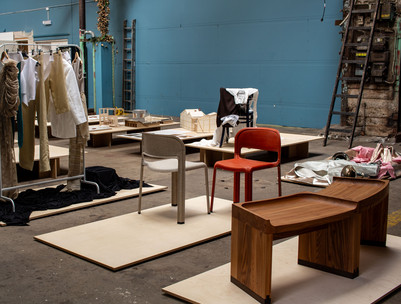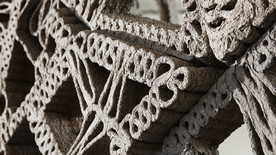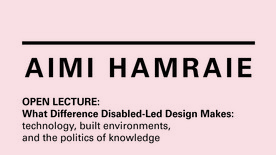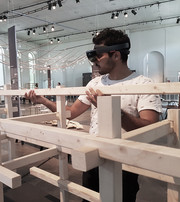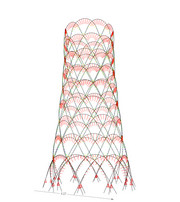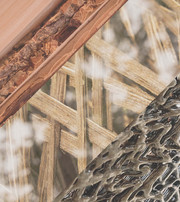
Predicting Response
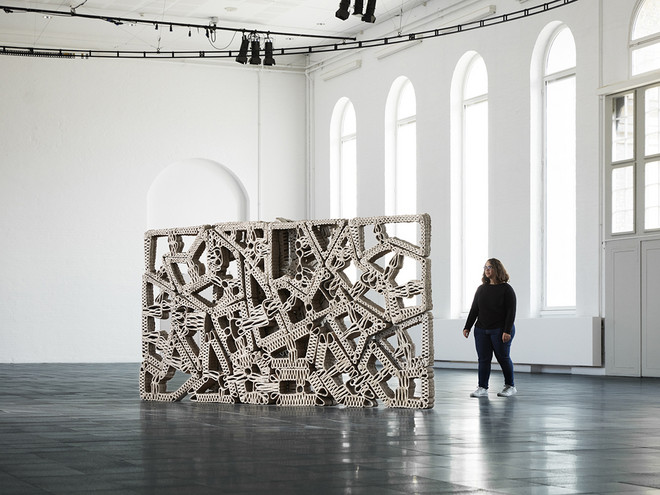
This project investigates the use of Artificial Intelligence (AI) for creating predictive models for unpredictable material practices in architecture. AI and the use of advanced generative, search and prediction models are established parts of contemporary architectural modelling.
They are mainly used for searching the design space and optimisation of given design solutions. However, new demands for sustainable design is challenging current practice and creating new opportunities for extending existing paradigms for design representation with methods of prediction.
This project hypotheses that machine learning can be employed to develop new bio-based graded material practices for architecture informed by material performance and integrated with intelligent fabrication. With a special focus on biopolymer composites, the project examines how machine learning can be used to predict behaviour and grade these with versatile non-standard robotic 3D printing.
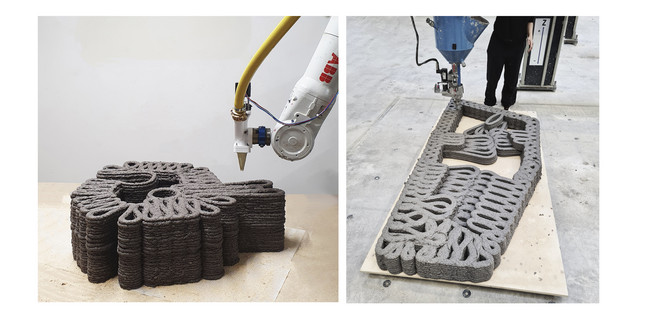
Predicting Response examines the use of machine learning in three interconnected enquiries:
- Predictive modelling of material behaviour in viscous biopolymers (subproject 1),
- Predictive modelling for grading of biopolymer composition (subproject 2),
- Design integrated intelligent adaptive control for biopolymers (subproject 3).
The three subprojects support and inform the overarching enquiry through a set of synergy-based activities that interfaces findings with architectural design performance criteria.
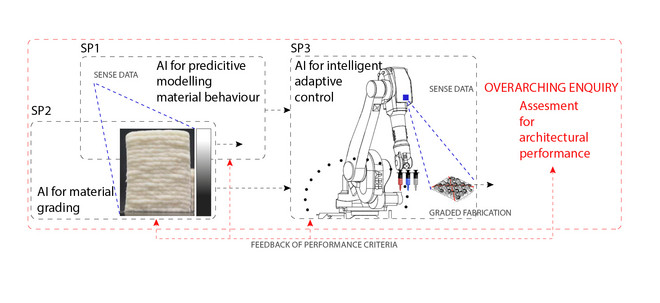
The project supports UN Sustainable Development Goal 8.4 (Improve global resource efficiency in consumption and production and endeavour to decouple economic growth from environmental degradation) by developing new methodologies for sustainable production. The four-year research project is interdisciplinary and establishes new collaborations between Centre for IT and Architecture (Royal Danish Academy - CITA, ), Department of Chemical Engineering, (DTU) and University of Reading (UR).
Crucial drivers for the collaboration have been the two large scale demonstrators: Cellulose Enclosure (Figure 1,4) and Radicant (Figure 5). These have been exhibited so far in Copenhagen, Sydney, Eindhoven and Berlin.
The demonstrators make use of two different biopolymer recipes. Cellulose Enclosure uses a cellulose and xanthan gum recipe, while the 24 panels of Radicant were printed with a novel material system based on collagen (Bone glue), while the filler of the recipe (natural fibres) remained unchanged. This change reduced the curing times greatly, and allowed for the development of material grading strategies for the 3d prints.
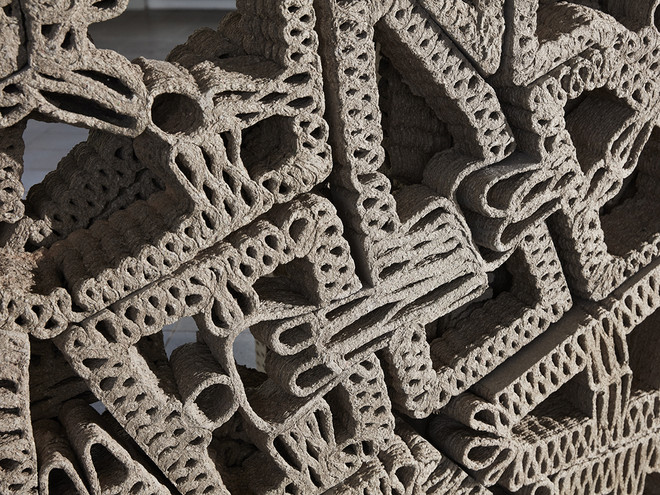
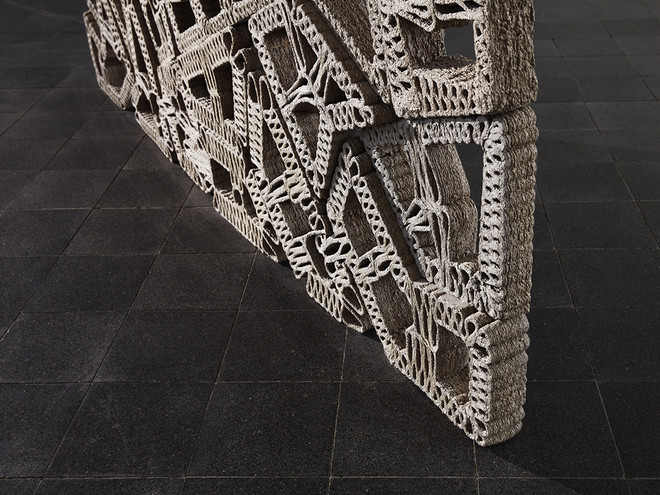
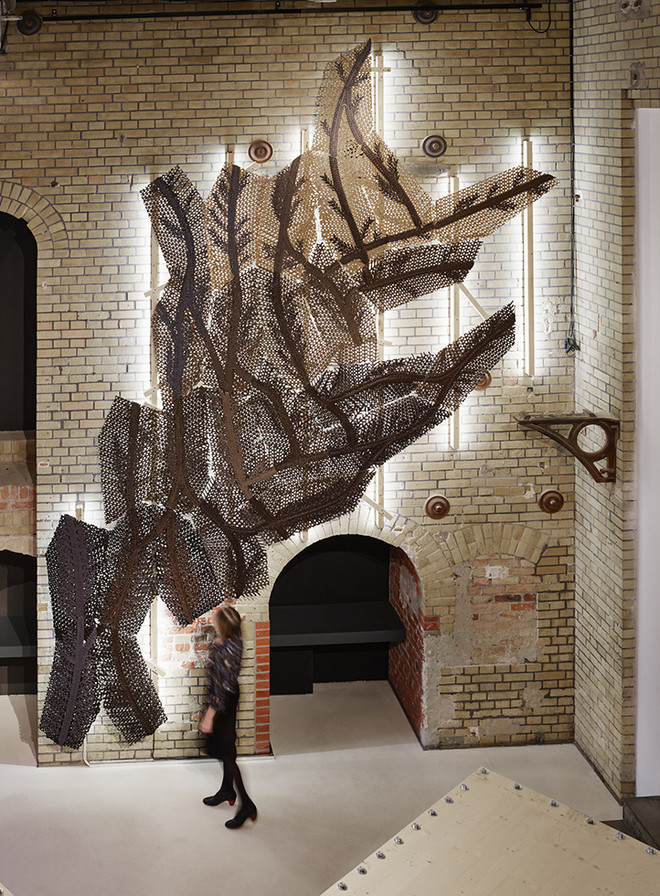
Scientific Publications
- Rossi, G., Chiujdea, R., Colmo, C., ElAlami, C., Nicholas, P., Tamke, M., & Ramsgaard Thomsen, M. (2021). A Material Monitoring Framework: Tracking the curing of 3d printed cellulose-based biopolymers. Proceedings of Acadia 2021: Realignments Towards Critical computation” [Proceedings of the 41st Annual Conference of the Association for Computer Aided Design in Architecture (ACADIA) Online and Global https://papers.cumincad.org/data/works/att/acadia21_308.pdf
- Rossi, G., Chiujdea, R., Hochegger, L., Lharchi, A., Harding, J., Nicholas, P., Tamke, M., & Ramsgaard Thomsen, M. (2022). Statistically modelling the curing of cellulose-based 3d printed components: Methods for material dataset composition, augmentation and encoding . Design Modelling Symposium Berlin 2022: Towards Radical Regeneration. https://link.springer.com/chapter/10.1007/978-3-031-13249-0_39
- Rossi, G., Chiujdea, R., Hochegger, L., Lharchi, A., Nicholas, P., Tamke, M., & Ramsgaard Thomsen, M. (2022). Integrated design strategies for multi-scalar biopolymer robotic 3d printing. Hybrids & Haecceties Acadia 2022. UPenn
- Rossi G., Ramsgaard Thomsen M., (2022) Cellulose Enclosures: Smart robotic manufacturing for heterogenous biomaterials. in Reindhart D., Loke L., Tillman D. SHERobots tool:toy:companion. ISBN 978-0-6455400-6-2 https://www.sydney.edu.au/architecture/about/tin-sheds-gallery/past-exhibitions/she-robots-tool-toy-companion.html https://www.sydney.edu.au/content/dam/corporate/images/sydney-school-of-architecture-design-and-planning/about-the-school/tin-sheds-gallery/she-robot/page/reduced-file-size_sherobots_2022_catalogue_online_isbn.pdf
- Tamke, M., Chen, Tzu-Ying., Carrasco, O., Ryan, Á., Bouchi, D., Ramsgaard Thomsen, M., Nicholas, P., Dubor, A., Cabay E., Bangsgaard, A., Dörstelmann, M., Naldoni, L., Markopoulou, A., Knippers, J. “Another Logic For Architectural (Bio-) Design and Fabrication - Lessons From The Living Prototypes Project.” In Proceedings for the CEES 2023 Conference, edited by M. Theodoridou Morrow, R., Scott, J., Bridgens, B. Funchal, Portugal: Itecons - Instituto de Investigação e Desenvolvimento Tecnológico para a Construção, Energia, Ambiente e Sustentabilidade, 2023. https://doi.org/10.5281/zenodo.8186841.




